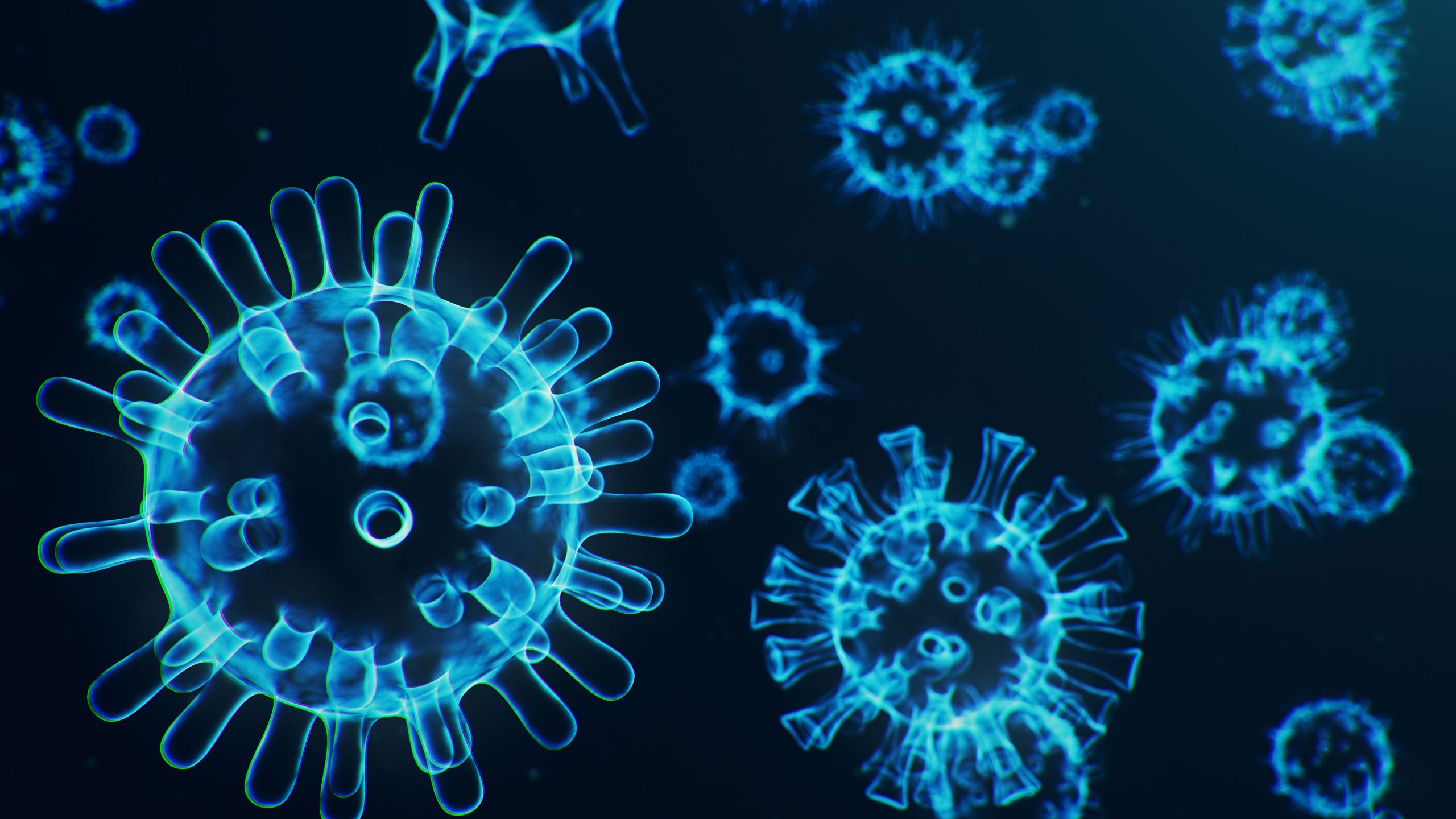Those of us who are old enough can remember back to the 1980s when rare infections that typically only occurred in people with very weak immune systems started killing a growing number of young, otherwise healthy patients. Ultimately the US CDC began investigating.
By 1983 the medical community had found the answer: They discovered and named the Human Immunodeficiency Virus (HIV) – a terrifying new retrovirus that utterly and permanently vanquished the human immune system.
Nearly four decades later, while there has been substantial progress in treatment and prevention, there is still no vaccine.
And there are other virus-caused maladies; for example shingles. As an adult sufferer I can attest to how unpleasant and painful this is. After 10 years of research and development GlaxoSmithKline produced a vaccine for this virus called Shingrix. Apparently the company is overwhelmed with demand as hundreds of millions of people want the vaccine.
As they have already reached maximum production capacity of the vaccine, Glaxo said that they will have to build a new bioreactor facility just to increase production to ~20 million units per year. However, this new facility won’t be online until 2024.
Obviously COVID-19 is different. Its biology is different and the circumstances are different but are we correct to cling to the prevailing hope that ‘there will be a vaccine within 12-18 months’? Has this ’12-18 month’ estimate been repeated so many times by politicians, reporters, etc. that the public now accepts it as a foregone conclusion?
What about the possibility that the development of a vaccine could take considerably longer?
Let’s look on the bright side and get a vaccine in 18 months. What then? How can the world meet the production demand?
Glaxo will spend the next four years building a new facility just to be able to produce 10-20 million annual units of its Shingles vaccine so it could possibly take five years or more to produce, transport, and administer billions of vaccines. So how many such facilities worldwide will be needed to produce billions of COVID-19 vaccines?
Let’s assume that rather than build new facilities, existing pharmaceutical production plants are re-purposed and quickly switch from producing other drugs to producing COVID-19 vaccines; where’s the problem with that?
Simple, these plants are already producing pharmaceutical products that people depend on like cancer drugs, antibiotics and the multitude of other life-saving drugs that we have come to rely on in our modern society.
There is no magic bullet that can be rolled out worldwide in short order. All we can hope for is that it ends up like the previous instances; SARS, MERS, H1N1 etc and it will not be as bad as the models predict.
If you enjoyed this BFD article please consider sharing it with your friends.

